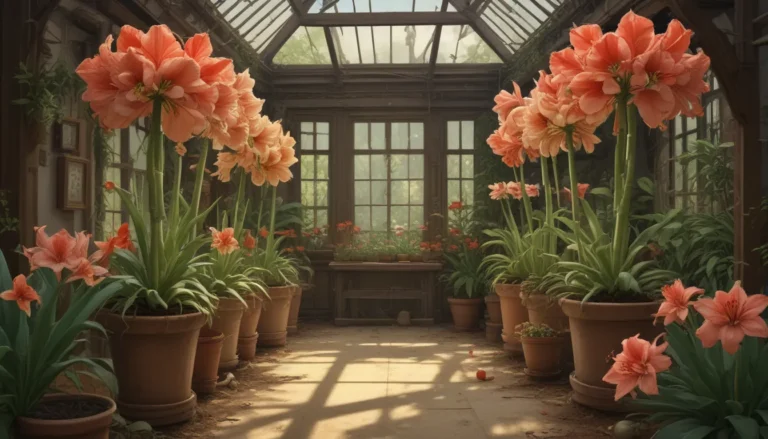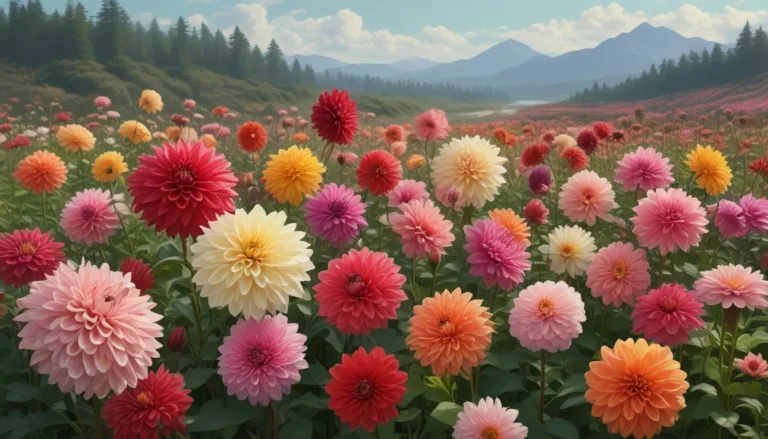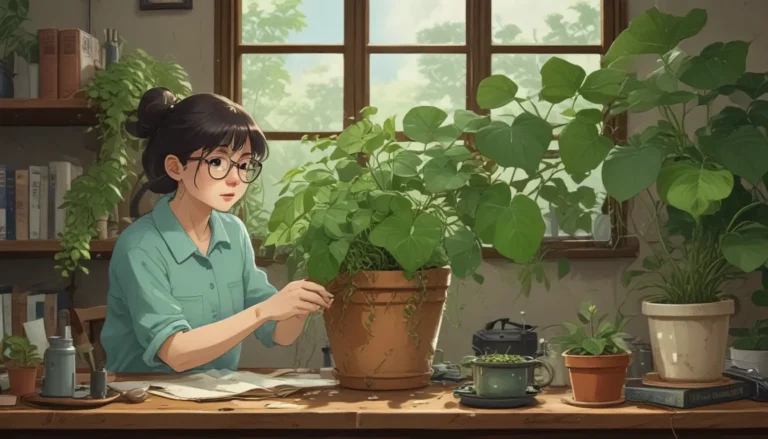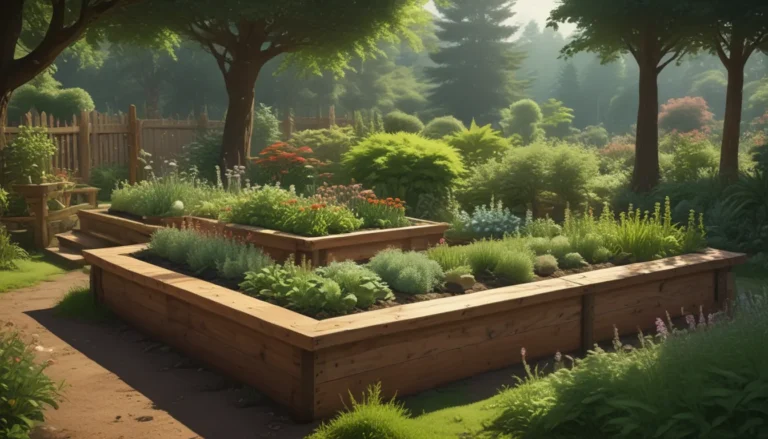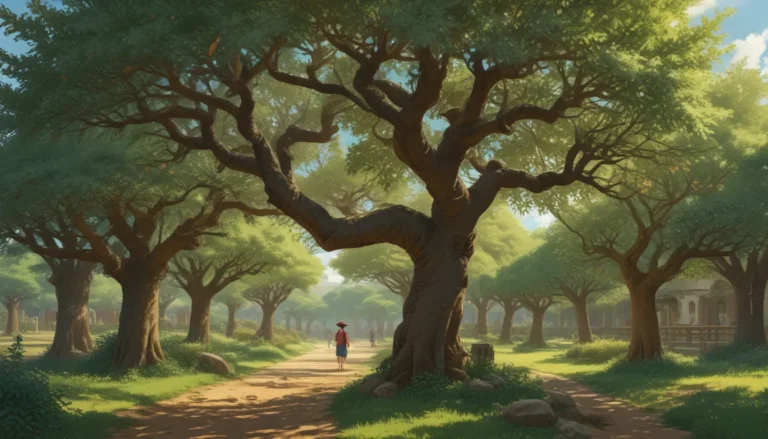Perfect Plant Partners for Daffodils

When I think about the best companion plants for daffodils, I can’t help but reflect on the way these bright yellow flowers bring joy to my garden. With over an acre of land, I am lucky to witness a beautiful display of daffodils in various shades each spring.
Many of these bulbs were passed down from my mother, who lovingly shared her extensive planting with us siblings. Now, these daffodils adorn our yards, borders, and gardens – spreading a connection between us.
I’ve never been too concerned about the specific blooming times of these spring treasures – I simply enjoy each burst of color as it arrives. But what I do value is sharing these flowers with others. Gifting daffodil bouquets brings me closer to new friends or strengthens existing relationships.
And that’s where the concept of companion planting comes into play.
By strategically planting daffodils alongside suitable companions, you can not only enjoy more blooms to share but also extend the blooming season and cover up unsightly dead foliage when the show is over.
Though I can’t tell you who to gift your daffodils to, I’m happy to guide you on selecting the best plant partners. Here’s what you’ll learn in this article:
What Daffodils Thrive With
Companion planting involves growing specific plant varieties together to maximize yields, deter pests, and enhance the aesthetic appeal of your garden. When it comes to daffodils, the focus shifts from pest resistance to visual harmony and garden interest.
As members of the Narcissus genus, daffodils don’t require intense pest protection. Instead, thoughtful companion planting can outline beautiful color schemes and maintain garden charm after their bloom.
Here’s why it’s crucial to choose suitable companions for your daffodils:
– Good companions won’t compete for soil nutrients, ensuring both plants thrive.
– Companion plants can fill in while daffodil foliage withers, concealing unsightly areas.
– Selecting plants of varying heights prevents overcrowding and maintains adequate sunlight.
Daffodils typically exhibit a prolonged period of fading foliage after blooming, which mustn’t be removed. This post-bloom phase is essential for nutrient absorption and future growth. By strategically planting complimentary species, you can mask this unattractive phase and ensure a seamless garden transition.
The Ideal Daffodil Companions
- Azaleas and Rhododendrons
- Choose these delicate flowers for vibrant displays that complement daffodil hues.
-
Opt for ‘Bloomathon’ white reblooming azaleas or ‘P.J.M’ rhododendrons for stunning color contrast.
-
Daylilies
- Plant daylilies alongside daffodils for a midsummer bloom that covers fading foliage.
-
Varieties like ‘Going Bananas’ or ‘Stella de Oro’ provide continuous interest in your garden.
-
Forsythia
- Pair these yellow-blooming shrubs with daffodils to create an early spring spectacle.
-
Consider ‘Show Off’ forsythia for beautiful foliage transitions and efficient growth management.
-
Grape Hyacinths
- Craft enchanting blue-yellow compositions by combining daffodils with these petite blooms.
-
Muscari armeniacum serves as a charming companion with minimal space requirements.
-
Tulips
- Position tulips strategically to conceal fading daffodil foliage and extend the colorful display.
- Varieties like ‘Big Smile’ or ‘Darwi Orange’ harmonize with yellow daffodils for a stunning showcase.
Planting Cautions: Species to Avoid Near Daffodils
While daffodils are generally low maintenance and easygoing, some plants and species may not align well with these cheerful bulbs.
What NOT to Plant Nearby:
- Annuals and Vegetables
- Annuals necessitate frequent replanting, disrupting daffodil growth and maintenance.
-
Avoid planting annual vegetables in proximity to daffodils due to competing nutritional needs and growth rates.
-
Beeches, Dogwoods, and Maples
- Steer clear of trees with dense root systems like beeches, dogwoods, and maples near daffodils.
-
Shallow roots may impede water absorption for your bulbs, leading to stunted growth and vitality.
-
Plants Attracting Squirrels and Rabbits
- Daffodils serve as natural deterrents for rodents due to their toxic compounds.
-
Nonetheless, avoid planting favorite critter plants alongside daffodils to maintain overall garden health and vibrancy.
-
Taller Perennials Blooming Concurrently
- Opt for perennials that respect daffodil sunlight requirements and growth space.
- Be cautious with towering plants like winter jasmine that may overshadow or compete with daffodil growth.
Daffodil Delights: Gardening Harmony Achieved
Despite the careful thought required for daffodil companionship, these flourishing bulbs offer immeasurable rewards.
By selecting the ideal set of plant partners, you can enhance your garden aesthetic, extend blooming seasons, and conceal unsightly foliage transitions.
From the delicate allure of azaleas to the vibrant charm of grape hyacinths, daffodils harmonize with numerous plant companions for a sensational gardening experience. Daffodils not only invigorate your garden but also enliven your connections through shared blooms and sincere gifts.
Do you have a passion for growing daffodils? Share your experiences and gardening triumphs in the comments below. Feel free to showcase your daffodil creations and inspire others on this botanical journey.
For more daffodil insights and expert tips, explore these comprehensive guides:
– Crafting a Naturalized Daffodil Planting
– Top Daffodil Cultivars for Naturalized Landscapes
– Troubleshooting Daffodil Blooming Challenges
Let your daffodils shine in the company of their perfect plant partners, creating a symphony of floral beauty in your garden space. Happy gardening!
